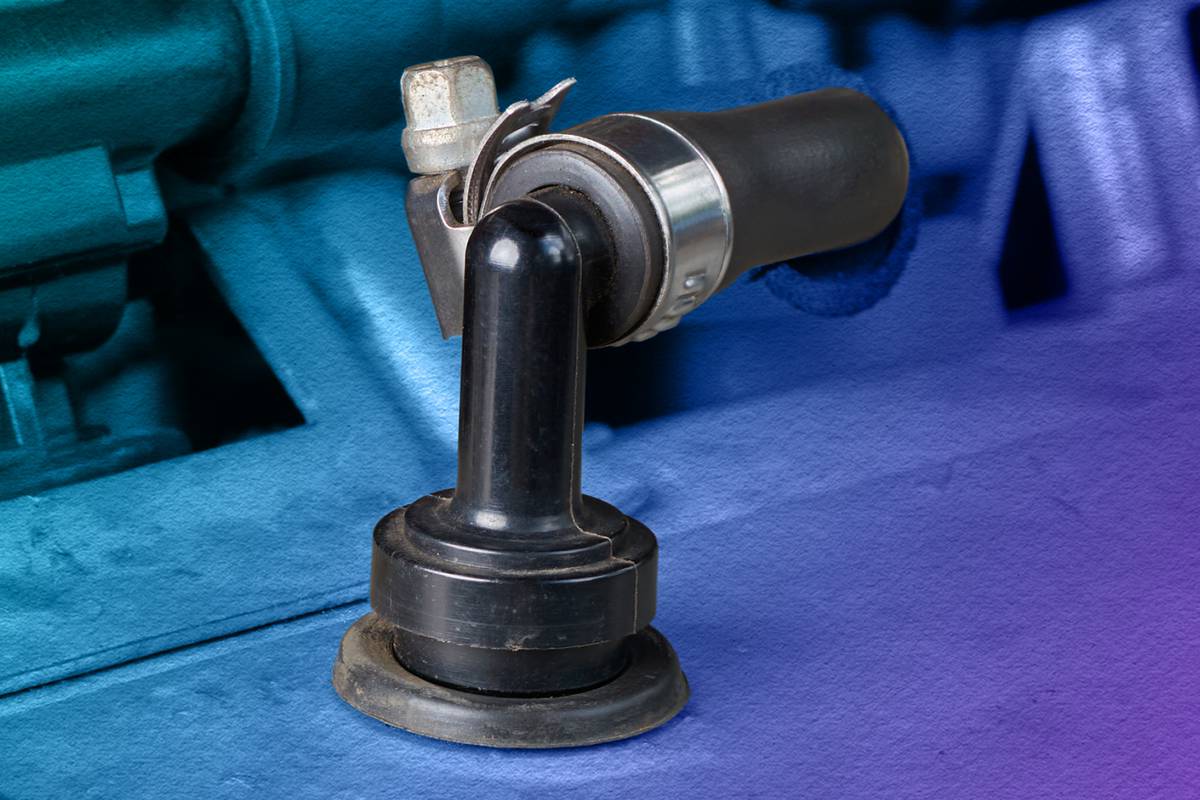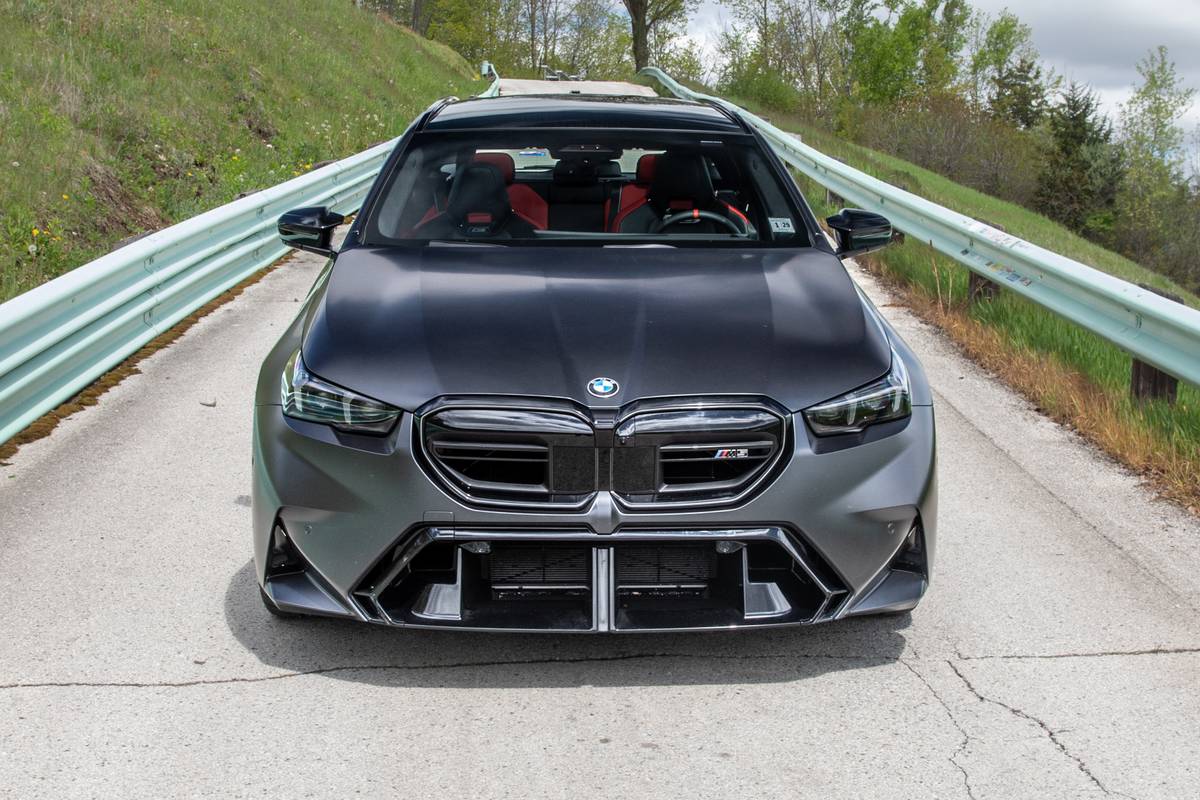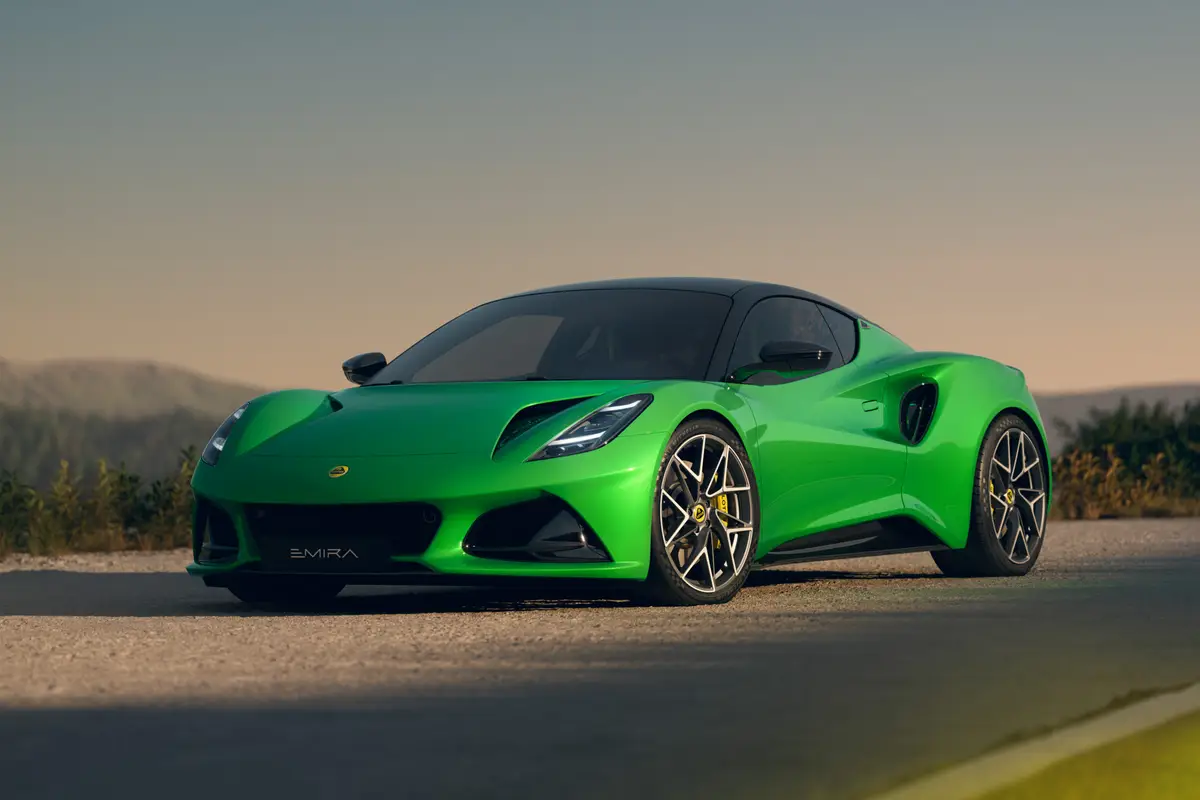chicagotribune.com's view
In case you’re counting, the 1996 Honda Civic is the 6th generation of the Japanese automaker’s high-mileage subcompact that debuted here in 1973. It was a replacement for the 36-horsepower, 2-cylinder, $1,400 N-600 quickly labeled a motorized skate by its detractors.
Since then, Honda has sold more than 10 million Civics in 140 countries and builds it in Japan and the U.S. It is safe to say that Honda got the last chuckle.
Honda boasts that the newest Civic, it’s second-best seller behind the Accord, is “bigger, quieter, cleaner, faster and more fuel efficient” than Generation I through V.
We test drove the top-of-the-line EX sedan, the LX sedan, the HX mileage champ coupe and the DX hatchback coupe and found them a bit bigger (the hatchback a lot bigger), noticeably quicker (from a needed horsepower boost) and considerably quieter in terms of cabin noise and automatic transmission grunts or groans. As for cleaner, we declined inhaling exhaust fumes and will take Honda’s and the EPA’s word for it that the ’96 engines spit out fewer pollutants.
One thing the new Civics aren’t, however, is stylish. They’ve undergone a redesign for 1996 that basically focuses on a “bug eye” headlamp treatment, but in the world of fashion the family of cars ranks as low couture.
The sedan looks a lot like an Accord, which is more than just a bit conservative in the sheet metal department. The hatchback, which looked a lot like a station wagon, with a roof line that ran from windshield to hatchlid, now sports a shorter metal span that’s considerably more attractive-though you should remember that it was butt ugly to begin with.
For 1996, a trio of 1.6-liter, 4-cylinder engines have taken the place of the 1.5-liter 4. Horsepower has increased to 106 to 127 from 92 to 115.
We tested the Civic EX sedan first, with the standard five-speed manual and optional automatic. The 5-speed is the most fun in allowing you to downshift and upshift and play games over winding and hilly roads. The four-speed automatic is more practical for commuters who face rush-hour bottlenecks or Midwestern drivers confronted with road construction in the driving months-April through November.
The automatic is electronically controlled for 1996, meaning you barely hear or feel the shift points. The Honda automatic is much quieter than its small-car rival from Saturn. The 1.6-liter, 127-h.p., 16-valve engine isn’t a screamer, but you’ll step from the light without stumbling and swing into and out of the passing lane without having to wet your thumb and hold it out the window to gauge wind resistance.
Honda boasts that the suspension is more user-friendly. You don’t get a lot of jostling but you still get considerable body lean taking a sharp corner. When approaching a severe bend in the highway at speed, you may want to ease off the accelerator. Civics ride on 14-inch t ires for 1996. A set of 15-inchers would be nice for better road grip.
The sedan is built on the same 103.2-inch wheelbase as it had been, but gained 2.1 inches in length, 3 inches in height and 0.2 inch in width. So, you enjoy surprisingly spacious headroom, but still can’t stretch the torso sideways very well in the cabin. Door armrests sit too low to rest your arms and protrude too far into the cabin and rob hip room.
The redesign may have fallen short in physical charm, but it meant much larger glass area all around, and that, combined with a thinner rear roof, or C, pillar, means outstanding visibility in all directions. Air is standard in the EX; a must in the LX, considering all the glass.
Another plus is the location of nearly all controls in a center dash pod, where you can see and use them without confusion. Ford did the same with its ’96 Taurus. Nice touch.
Honda also responded to customer complaints for more storage by enlarging the gl ove box and adding a storage compartment just about everywhere you look in the door panels and behind or between the seats. And in keeping with customer demands, there are dual cupholders in the forward center console and a pair of cupholders built into the door panels in back. Tres chic.
Seats offer good support and the textured cloth is very stylish in multicolored, but subdued, blue and gray tones that will hide dirt.
In back, Honda increased roominess by tilting the seat backward a bit, which forces you to raise your knees higher when sitting so you don’t bump against the front seat. It makes for the feeling of more leg room. But the seat bottom is cut short and doesn’t offer much in the way of thigh support. You’ll squirm on long-distance trips trying to get circulation going in your legs.
Other notable features include a power plug under the dash for a cellular phone and a cavernous trunk, though its opening isn’t very big and you might have trouble squeezing in tall packages.
The EX comes with dual air bags and ABS as standard, as well as air conditioning.
We also tested the Civic LX, a step down from the EX, a step up from the bare-bones DX. The LX is powered by a 1.6-liter, 115-h.p., 16-valve, 4-cylinder, which, after the 127-h.p., 1.6, feels far less energetic.
Unlike the EX, the LX offers ABS and air conditioning as options. Honda trimmed $250 out of the cost of ABS and offers it for $600 for ’96. You really don’t “save” $600 by not getting ABS, considering the cost of body work or a hospital stay should you be involved in an accident ABS could have prevented. Buy it.
Air conditioning has been a profit center for Honda dealers. The automaker didn’t offer factory-installed optional air so it was up to the dealers to add it and charge what the market would bear. For 1996 air is a factory-installed option at $850, still a high price, but there have been horror stories of folks paying $1,000 to $1,400 for dealer-installed air. Dealers still have to install air on the base DX, but Honda said it figures that most dealers will feel obligated to keep their charge close to the factory price.
We also tested the HX coupe, Honda’s mileage leader at 39 miles per gallon city/45 m.p.g. highway with 5-speed manual. Its 1.6-liter engine develops 106 h.p.
Early next year, the HX will offer a continuously variable automatic, or CVT, transmission. Rather than traditional gears, the heart of CVT is a metal belt that looks like a watchband that moves on pulleys. Rather than three or four gears you have an infinite variety of “power points.”
With a traditional automatic, the car creeps forward unless you apply the brake when idling at a stoplight. With CVT there are no gears and no creeping. However, Honda said that if its owners didn’t detect a “creep” they’d feel something was wrong with the car, so a creep was built in. In the car we drove, the creep wa s more like a crawl that needs to be toned down in the interest of keeping your grille out of the intersection.
With CVT you encounter “stepless” shifting without feeling or hearing the movement through the power points. The speed of the engine, as dictated by how far you press the accelerator pedal, determines the power points-and the amount of power directed from the engine to the drive wheels.
There’s no lag time between shifts so you accelerate quickly and steadily. And the metal belt and pulleys make little noise other than a muffled “whine.”
There are three transmission settings-D-S-L-which provide differing degrees of torque. D is for everyday; S sports mode; and L is to get up or down the hill.
Honda says it will measure customer reaction and acceptance to CVT in the Civic HX coupe before deciding to expand its usage. “If there’s demand, we could apply CVT to any of our models, even the Accord,” a source said.
As for the hatchback co upe, the 1.6-liter develops 106 h.p., but it feels lively because of the small size and light weight. There are two air bags, but ABS isn’t offered. Wheelbase was increased 2 inches to 103.2, same as the sedan, and length grew by 4.3 inches to 164.5 to increase interior room and cargo capacity. The hatchback is a high-mileage parcel carrier.
>> 1996 Honda Civic EX sedan Wheelbase: 103.2 inches Length:175.1 inches Engine: 1.6-liter, 127-h.p., 16-valve, 4-cylinder Transmission: 4-speed automatic EPA mileage: 28 m.p.g. city/35 m.p.g. highway Base price: Not available ($17,030 for’95) Price as tested: Option prices not available until Oct. 13. In LX sedan, however, Honda says ABS will cost $600, down from $850 in 1995, and factory-installed air conditioning will run $850versus dealers charging whatever the market would bear for 1995. Freight will be about $400. Pluses: Quieter and slightly roomier cabin. Dual air bags and ABS standard on EX. ABS an option on LX sedan, though price reduced by $250. Factory air option on LX will reduce dealer profiteering on air it installs. Peppier engine, quieter automatic transmission. With 5-speed manual, you get smooth-shifting unit. Minuses: New styling, similar to very conservative Accord, not eye-popping. Rear-seat thigh room comes up short. Trunk spacious, but opening a bit tight for loading. >>
Latest news



